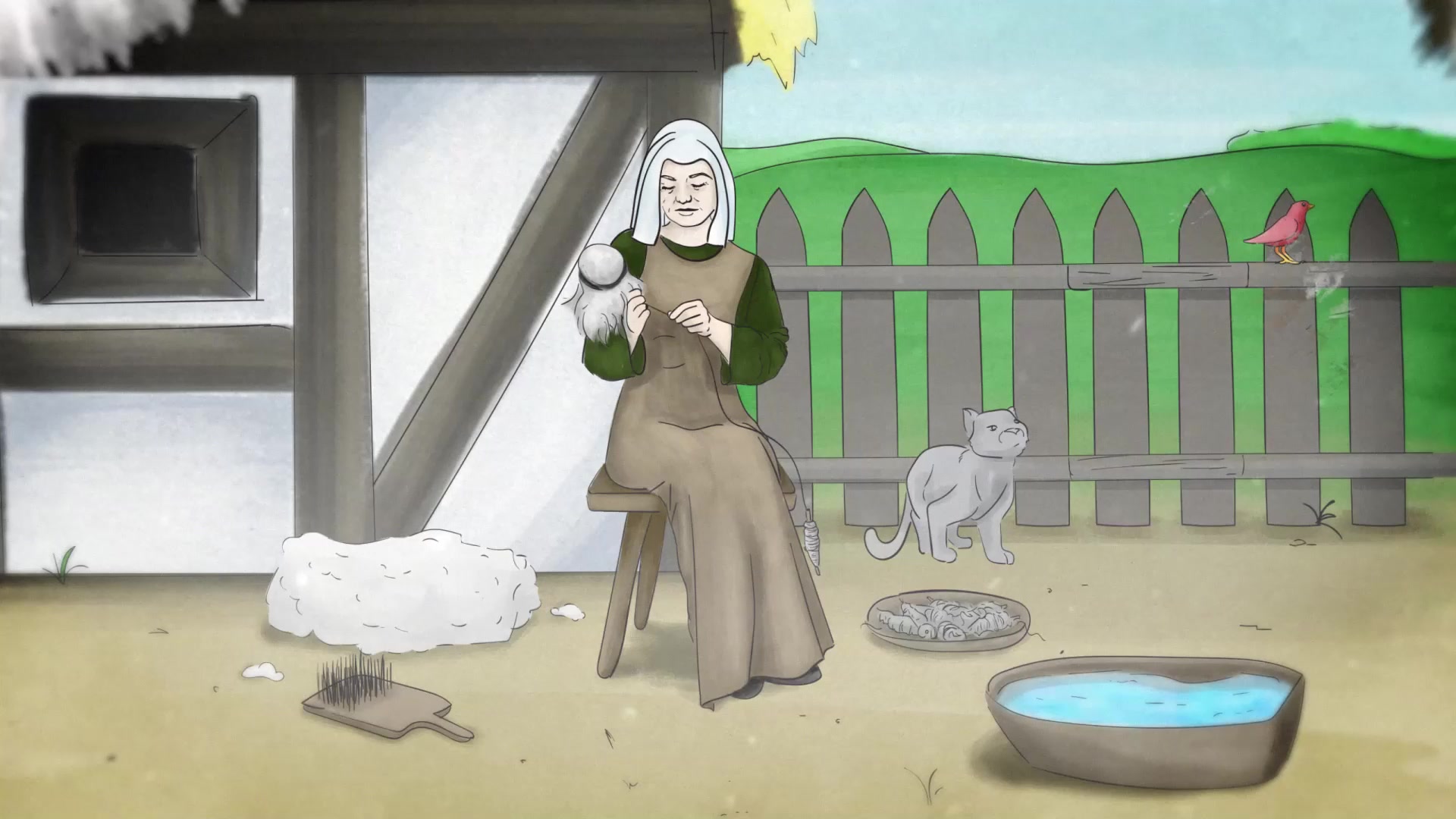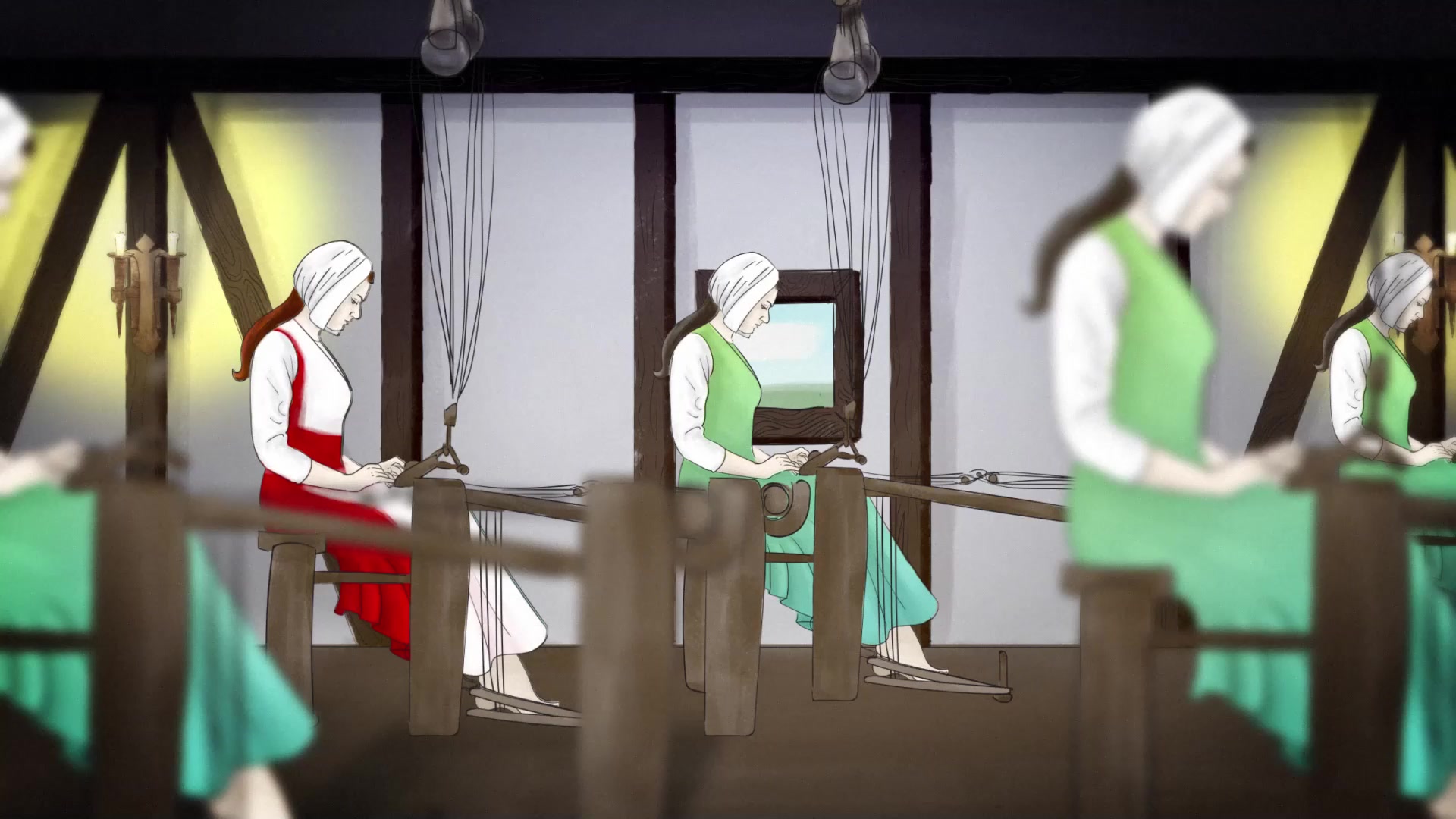Women in the Middle Ages
Women in the Middle Ages
Medieval women contributed to all aspects of families’ livelihood, in addition to doing the lion’s share of domestic chores.
02:22
Grades 5 – 9
mozaLink
/Weblink
Narration



Countess Joan de Munchensi lived in Goodrich, England, in the 13th century.
She was a confident and competent woman
who ran the castle and the surrounding estates,
whilst her husband was away.
The castle of Goodrich
could probably have played host to around 200 nobles,
guests, and their servants.
Managing the daily life of such a busy home
and arranging for supplies were a big challenge.
Lady Joan was also responsible for farming
and financial issues
as well as dealing with the hardships on the lands
caused by bad weather,
floods and wars.
Compared to her lady’s life,
Daisy Ploughman lacked any convenience.
She woke up before sun up
to cook for her family.
Then she milked the cows,
made cheese,
did the washing
and looked after the family's vegetable patch.
However, the most important job was spinning,
which generated cash.
After the tiring process of washing,
carding, spinning and weaving the wool,
Daisy visited the market to sell her yarn and cloth.
Katherine Nougle was a skilled weaver,
who worked with her husband in business
besides maintaining her household.
After her husband’s death,
she carried on the business
and even entered the weavers’ guild.
She successfully ran her workshop
with several workers.
However, as a woman,
she was not allowed to sell her products
at the market,
only via a male guild master,
which significantly reduced her profit.
Medieval women contributed to all aspects
of families’ livelihoods,
in addition to doing the lion’s share
of the domestic chores.
Nonetheless, they didn’t manage to achieve equality
in terms of law or social status.
